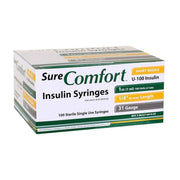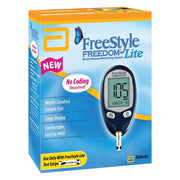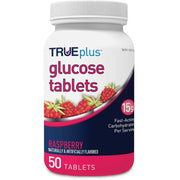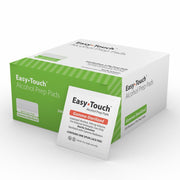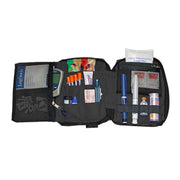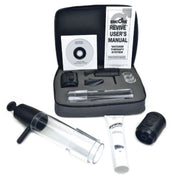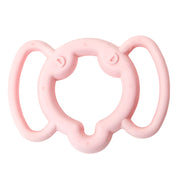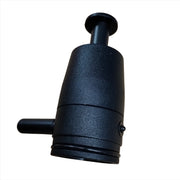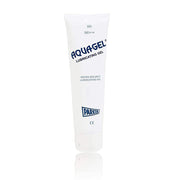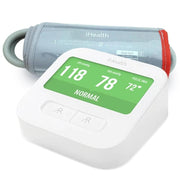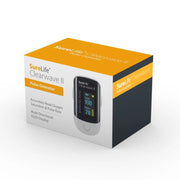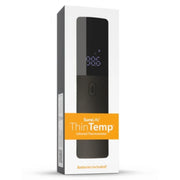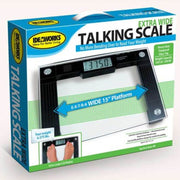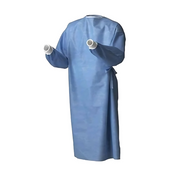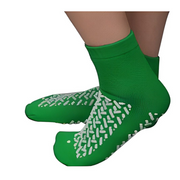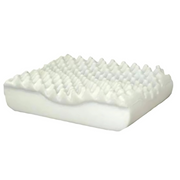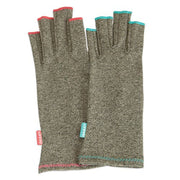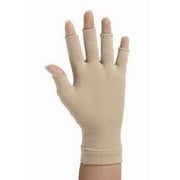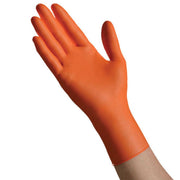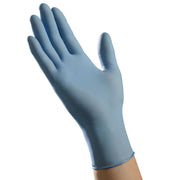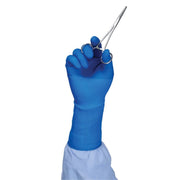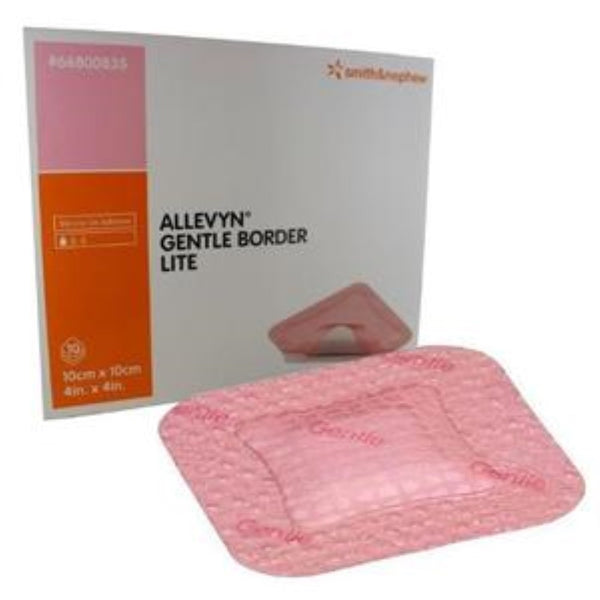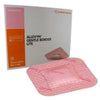Smith & Nephew Allevyn Gentle Border Lite Silicone Gel Adhesive Hydrocellular Foam Dressing, 4" x 4"
PRODUCT DETAILS
Allevyn™ Gentle Border Lite has been specially designed for people with sensitive or fragile skin who have light to moderately exuding wounds. These dressings, which come in a range of shapes and sizes, combine thinner foam that is conformable and comfortable to wear with the gentleness of a silicone adhesive for minimal pain on removal. The 2mm foam core ensures excellent flexibility so the dressing molds to the body, even in awkward areas which provides a comfortable fit for patients.
Allevyn™ triple-action technology maintains the optimal balance in fluid for moist wound healing.
Showerproof dressing allowing patients to shower with the dressing in place.
Easy to apply and remove, the dressing can be lifted and repositioned without losing adhesion.
Bacterial barrier helps to minimize the risk of infection from external contaminants.
Up to seven-days wear time.
Indications: Shallow, granulating wounds, chronic and acute exudative wounds, full and partial thickness wounds such as pressure ulcers, leg ulcers, diabetic foot ulcers, malignant wounds, surgical wounds, first and second degree burns, donor sites, skin tears, fungating ulcers, oncological wounds and epidermolysis bullosa wounds.
Unit of Measure Contents Sold By
Each (EA) 1 Each 1 Total (1 Each)
Box (BX) 10 Each 10 Total (1 Box of 10 Each)
Frequently Asked Questions (FAQs)
Q: What is foam dressing used for?
A: Foam dressings are used for moderate to heavily exuding wounds such as pressure ulcers, post-surgical wounds, diabetic ulcers, and traumatic wounds. They absorb fluid, protect the wound, and support healing.
Q: How often should foam dressings be changed?
A: Foam dressings are typically changed every 3 to 7 days or as needed depending on the amount of exudate. Always follow the wound care professional’s recommendations.
Q: How do foam dressings work?
A: Foam dressings absorb exudate while keeping the wound moist. They help prevent infection, reduce pain, and protect the wound from external contaminants.
Q: Can foam dressings be used on infected wounds?
A: Some foam dressings are formulated with antimicrobial agents suitable for infected wounds. Always consult with a healthcare provider before applying to an infected site.
Q: Are foam dressings suitable for dry wounds?
A: Foam dressings are typically not recommended for dry wounds because they are designed to absorb moisture. Hydrogel dressings may be more appropriate for dry or necrotic wounds.
Q: Do foam dressings stick to wounds?
A: Non-adherent foam dressings do not stick to wounds and are gentle during removal. Adhesive foam dressings stick around the wound, not directly on it.

